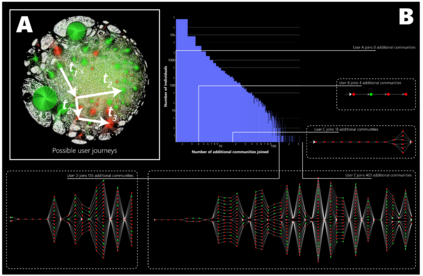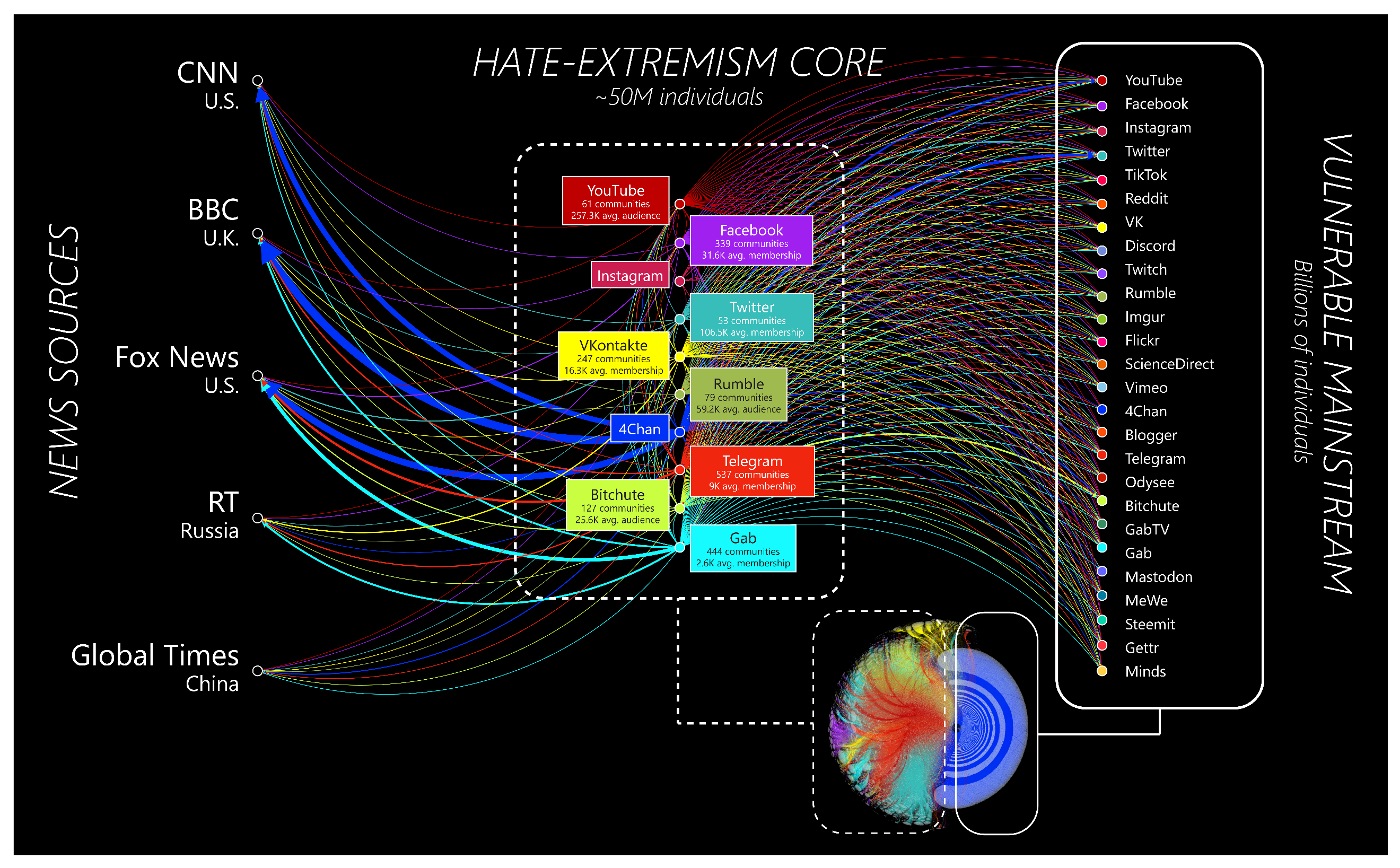Analyzing a unique real-time dataset from across 26 social media platforms, we show why the hate-extremism ecosystem now has unprecedented reach and recruitment paths online; why it is now able to exert instant and massive global mainstream influence, e.g. following the October 7 Hamas attack; why it will become increasingly robust in 2024 and beyond; why recent E.U. laws fall short because the effect of many smaller, lesser-known platforms outstrips larger ones like Twitter; and why law enforcement should expect increasingly hard-to-understand paths ahead of offline mass attacks. This new picture of online hate and extremism challenges current notions of a niche activity at the 'fringe' of the Internet driven by specific news sources. But it also suggests a new opportunity for system-wide control akin to adaptive vs. extinction treatments for cancer.
翻译:暂无翻译







